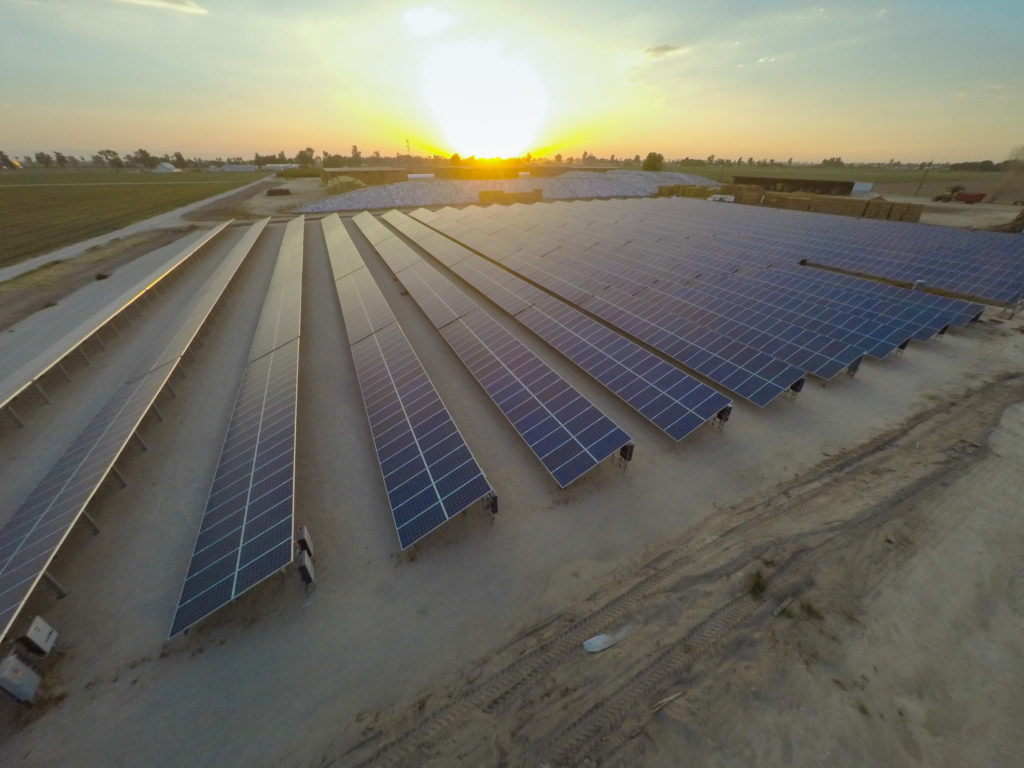By Frank Andorka, Senior Correspondent
It’s easy to lose sight in today’s electricity market that energy storage isn’t only happening on an individual homeowner level. In fact, a recent study showed that utilities increased their battery storage capacity 68% to 1.3 GWh in 2017.
That number comes from a utility survey conducted by the Smart Electric Power Alliance, an utility-focused trade organization. The survey itself is behind a paywall, but pv magazine has the goods. For example:
The use of longer-duration batteries, able to discharge for several hours, has enabled balancing of solar with widespread storage, as in California and Hawaii, and with co-located solar + storage installations, as in Hawaii and Florida.
Also:
California utilities remained far in the lead in storage energy capacity, in response to state storage policies that support renewable goals. California added 75 percent of the nation’s incremental battery energy capacity in 2017, and was home to nearly 60 percent of the cumulative energy capacity.
The looming question is whether what you’re seeing in the utility-scale battery market is the same phenomenon you saw with solar power back in that industry’s infancy, to wit: Utilities, with their economies of scale, tried to eliminate competition with residential distributed generation. It’s a fight they’re still waging (see our report on Kansas from earlier today) and, while they may not be winning any enormous victories, it’s a drain on the overall industry potential.
pv magazine also flags this juicy piece of information regarding what will drive further economically advantageous storage options at the utility level:
FERC Order 841 directs RTOs/ISOs (regional transmission organizations and independent system operators) to allow a storage resource to sell into the wholesale market all capacity, energy, and ancillary services that the resource is technically capable of providing.
According to the report, this order alone would add up to 50 GW of energy storage capacity, if all the benefits from storage were realized.
Go read the whole article – it’s a fascinating discussion of where we are in the energy-storage market, at least from the standpoint of the utilities.
More:
US grid-connected battery energy capacity grew 68% last year


